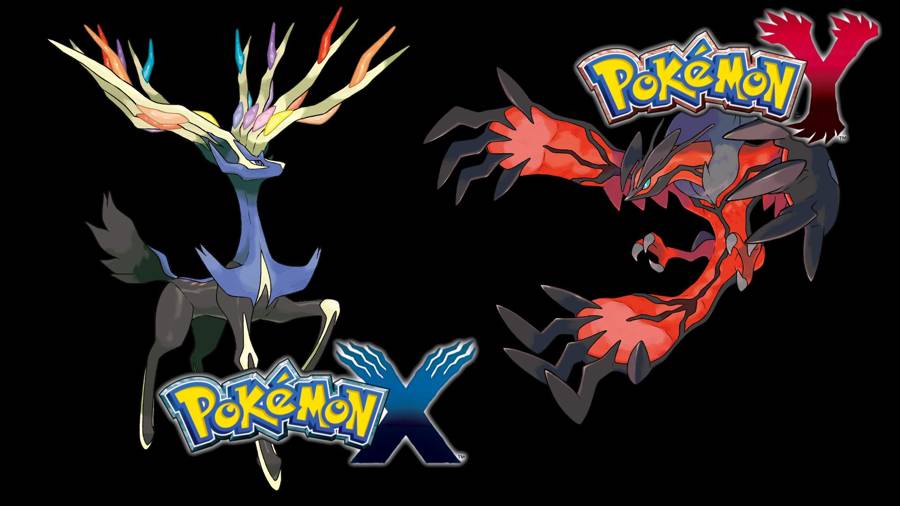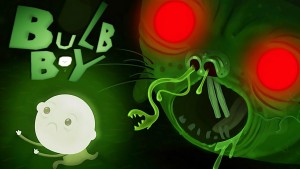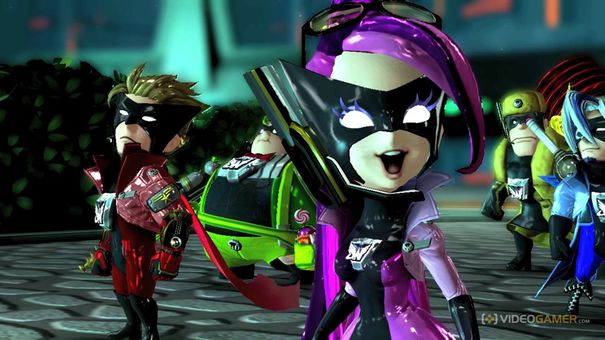

Witchers don’t work for free. Perhaps one of the most heard things throughout the series, it’s also one of the truest. If you want to be successful at being a witcher, then it’s important to know what you’re going up against, what its weaknesses are, and how you should approach it. Sometimes this will include crafting new potions, tracking down Alchemy materials, or simply knowing which Sign to cast.
Note:It should also be noted that this guide is a work-in-progress, and we'll be updating it regularly. We wanted to start off with monsters and creatures that you might find in your early travels, adding in the adversaries that you'll bump into later on as we spend more time with the game ourselves.
These creatures tend to rush at their prey in packs, and usually go for victims that are elderly, drunken, or alone. Although fast in speed, they are generally dumb, and tend to attack in one-sided spurts. This makes use of the Aard Sign great for pushing them back, and for allowing Geralt time to recover. Do not underestimate these early game beasts, however. They may not be as strong as some of the other foes, they are exceptionally quick, and can deal damage with fast, decisive bites.
A close relative of the dog, wolves wander the land of the Northern Realms in large packs that range from three to twelve members. Similar to dogs, they attack quickly, and with viciousness. They are a bit stronger than their cousins, but still rank low against the many dangerous beasts of the world. Unlike dogs, they are extremely cunning, and strike with coordinated efforts from all sides. If you find yourself surrounded, make use of Igni or Aard to ward them off, allowing time for Stamina and Vitality recovery. These creatures can also be controlled by Leshens, which makes them even more dangerous to deal with.
Noonwraiths are strongest during the sunlight hours, and even stronger still when the sun is at its peak. Like their closely related variant, the Nightwraith, Noonwraiths can hide in a non-corporeal form, and thus negate physical attacks. In order to bring them back into the physical world players will have to use items like Moon Dust bombs, or the Yrden Sign. When threatened greatly, Noonwraiths create shimmering copies of themselves, and zap life from nearby beings. Bombs and crossbow bolts can be used to easily defeat these doppelgangers, thus forcing the real Noonwraith back to the corporeal world.
The Witcher 3: The Beast of White Orchard
The Witcher 3: White Orchard - Missing in Action
The Witcher 3: Velen - Bloody Baron, Family Matters
The Witcher 3: Ciri's Room, Fake Papers
The Witcher 3: Novigrad - Broken Flowers, Get Junior
The Witcher 3: Skellige - The King is Dead, Nameless
The Witcher 3: The Battle of Kaer Morhen
The Witcher 3: Bald Mountain, Imlerith Battle
The Witcher 3: White Orchard Contracts - Devil by the Well
The Witcher 3: Velen Contracts - Jenny 'O the Woods, Missing Brother
The first boss that players will face off against, and one of the most dangerous of the world’s hybrid creatures. The Griffin, which is half-eagle and half wildcat, is viscous, fast, and extremely strong. There was a time when such creatures weren’t found in the flatland areas like Velen and White Orchard. However, the waging war has driven them from their homes, onto the doorsteps of the common people. When facing down a Griffin it is important to watch out for its long, sharp talons as it swoops down from the sky. If you find the beast diving towards you, pull out your crossbow and shoot it in the face to send it tumbling to the ground.
This isn’t the end of the fight, however, as these beasts are still extremely dangerous on solid ground. Watch out for their high-pitched roar, as it stuns their prey. You also have to be careful of the slashes and bites they try to score as you attack. Use of the Quen Sign will negate most damage, and we found Igni to be quite useful against them, even though they aren’t particularly weak to it. The easiest way to score hits on a Griffin is to dodge to the side when it attacks, then slash at its unguarded sides.
Like many other creatures throughout the Northern Realms, bears come in different shapes, colors, and sub-species. This doesn’t change how you fight them, however, which is the best thing about this strong, powerful, and massive beast. They possess a high Vitality, strength, and feature long claws on their forepaws, which allow them to deal tremendous amounts of damage. Stay out of their reach, except when attacking with your Silver Sword, and always make use of your Quen, Igni, and Yrden Signs to help wear them down. If you see this massive foe stand on its hind legs, dodge and run away, as it is about to pound the ground with its front paws, creating a force that could knock down even the most seasoned witcher.
Ghouls have always been a problem during times of war, as battlefield graves are shallow and the bodies are left to rot. This of course attracts all kinds of beasts, but mostly you’re bound to find this annoying necrophages scampering around. Normally found feeding in small groups, nests of these creatures can pit a witcher against four or more ghouls. This means they are rarely found alone, and fighting them will require massive amounts of patience, and precision. As one ghoul heads in to attack, several more will flank Geralt, attempting to catch him off guard. This is where spells like Quen come in handy, as they can negate the damage you would have taken from the attacks at your back.
Do not attack too aggressively when fighting these creatures, as they can often manage to counter your attacks, and many times this means you’ll receive multiple hits from several ghouls around you. They are also great at jumping, which means you’ll need to worry about enemies further away, closing the gap quickly. If you find yourself outnumbered, make sure you have Quen equipped, or use the Yrden Sign to slow the ghouls down as you make your retreat.
Another of the witcher’s most common enemies, Drowners like to attack in packs of three or more. They have a nasty habit of burrowing when they spot their prey, which just happens to be a good warning sign for witchers. They are extremely weak to the Igni Sign, and are more susceptible than most to be set aflame by the spell. When surrounded, we suggest casting the Yrden Sign to slow their movements, and then send a shaft of flames rushing into their midst with Igni.
Their most common attack is a claw swipe, which Geralt can easily counter. This becomes an issue, however, when multiple enemies are attacking from all sides, interrupting your counters with their own attacks. Whenever they burrow they will try to attack you from beneath, leaping up out of the ground. When killing other Drowners, the pack mourns and screams. This gives Geralt a few seconds of calm to cut them down as they stand defenseless.




 Torchlight 2: Embermage Prismatic Bolt Build Guide
Torchlight 2: Embermage Prismatic Bolt Build Guide How Visuals Are Ruining Mobile Gaming
How Visuals Are Ruining Mobile Gaming Walkthrough Stasis
Walkthrough Stasis Nintendo and Platinum: The Perfect Match
Nintendo and Platinum: The Perfect Match Borderlands The Pre-Sequel Guide: Concordia Side Quest Guide
Borderlands The Pre-Sequel Guide: Concordia Side Quest Guide